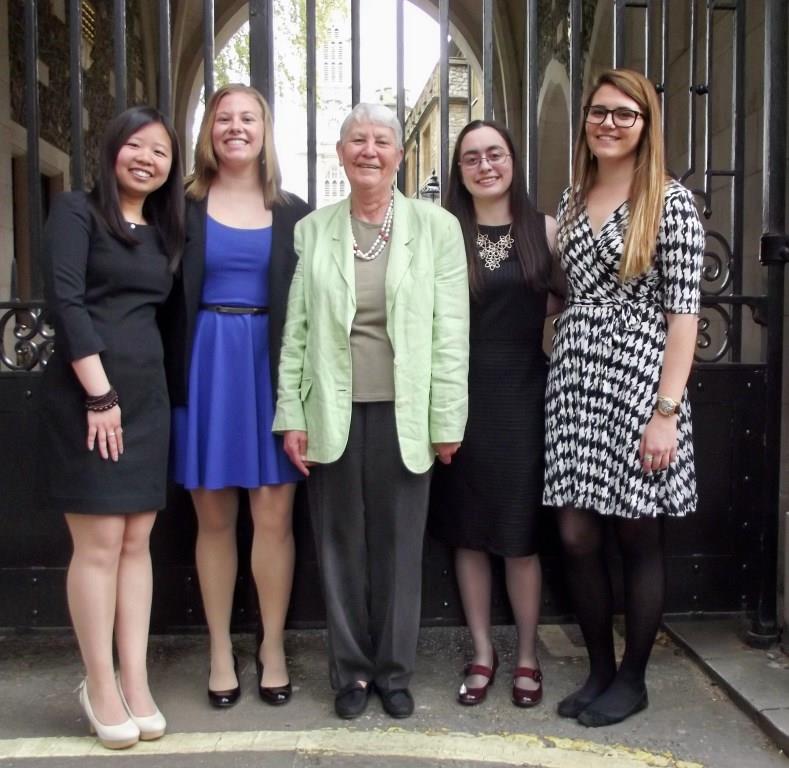A report focussing on City of London Churches calls for improved physical and digital access to churches to respond to visitors’ interest in religious heritage and breath more life into the Capital’s religious heritage assets.

The Interpreting Religious Heritage report produced by students from Worcester Polytechnic Institute Massachusetts (WPI), on behalf of Art Alive in Churches (AAiC), is the first in a series of studies promoted by the East Anglian charity into the understanding of and marketing of the United Kingdom’s rich ecclesiastical heritage.
The report concluded that lack of promotion, limited interpretative materials and poor access for visitors with disabilities, means that City of London Churches are missing opportunities to tap into London’s vast tourism market.
Lack of funding is a key barrier to making improvements, but the students concluded their report with a series of practical recommendations, which are relevant to any historic church wanting to improve access and understanding of its heritage.
Nicole Beinstein WPI student said: “We feel lucky and honoured to have had the opportunity to be able to learn about the United Kingdom’s rich religious heritage. We were particularly impressed with St Stephen Walbrook, a beautiful Christopher Wren church near St Paul’s. Everyone there was very welcoming.”
“We also visited Norwich and Cambridge during the project to see examples of ecclesiastical buildings outside London. We thought that the way that new Refectory and Hostry have been created at Norwich Cathedral was very innovative, blending the old with the new. The free art exhibitions in the Hostry were inspirational.”
“We appreciate that funds are limited and hope that our report is a valuable contribution to raising awareness of the importance of improving access to the United Kingdom’s wonderful historic churches.”
The report recommended that churches should be made more welcoming by leaving doors open, by installing glass doors (where practical) and keeping the lights on. They should also take measures to improve access by installing ramps for visitors with disabilities and increase intellectual access by providing improved websites and interpretative materials.
Jennie Hawks, Director Art Alive in Churches said: “We congratulate the WPI students on completing a first rate report with many practical recommendations for the City of London churches. The report is very relevant to any Diocese looking to improve interpretation of and access to their historic churches. We look forward to working with WPI students on future projects about access to churches”.
Art Alive in Churches runs special projects to increase understanding of and access to East Anglia’s world class ecclesiastical artistic heritage, from medieval to modern, and its historical links with Europe. AAiC was established in Norfolk in 2008 and in 2013 expanded its remit to include Cambridgeshire and Suffolk.
To mark the anniversary of the start of World War I, AAiC developed Memento Mori to raise awareness of the many war memorials and their links to local families in churches and churchyards. The next project will be focusing on brass in East Anglian churches, www.artaliveinchurches.com.





Follow us: